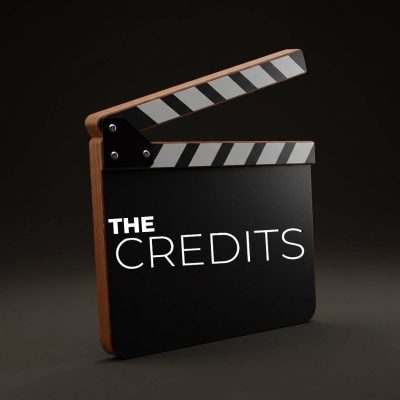Industry Veterans Discuss Diversity in Filmmaking – From Below the Line to Front & Center
After two alternative years, the Berlinale Film Festival returned in person in February to alleviate the doldrums of late winter Berlin. Per tradition, the Motion Picture Association held their annual topical panel discussion (in the past, they’ve covered themes like artificial intelligence and greening the industry) in conjunction with the law firm Morrison and Foerster. A 100-plus audience crowded into the firm’s office above Potsdamer Platz to hear industry veterans discuss diversity in filmmaking — where it stands and how it can get better — and more broadly, the burgeoning symbiosis between Hollywood and social justice movements.
Charles Rivkin, the MPA’s chairman, opened the discussion. “Audiences around the world demand more authentic and nuanced portrayals of their societies and experiences,” he said, with films and television series a means to broaden understanding and foster empathy. To that end, the MPA, he mentioned, is working “below the line, to help diversify the talent pipeline and create new opportunities for young people of color and other under-represented communities,” which puts the association’s efforts right where the event’s panelists believe they should be.
Remarks from the French director-producer-screenwriter Euzhan Palcy were a springboard for the discussion, led by the MPA’s Vice President of Communications for the EMEA, Sabine Henssler, and Morrison and Foerster’s partner Christiane Stuetzle. Palcy, the recipient of the 2022 Honorary Academy Award, an Oscar for her lifetime achievement, made it her goal at age eleven to become a filmmaker after asking her parents why “they” (Palcy is Black) were not on the screen. “‘We aren’t the ones making the films,’” her parents told her. At the beginning of the discussion, the director laid out the solution, remarking, “There will be no change until people of color are where decisions are made.”
Stuetzle asked Palcy to weigh in on the debate between historical authenticity versus diversity in filmmaking. For the director, the answer was clear — it is destructive and disrespectful to put people of color into the so-called gallery without any meaningful agenda. For fellow panelist John Gibson, the MPA’s Vice President of External and Multicultural Affairs, meaningful visibility is also significant because “if you can see it, you can dream it.” Further resonating with Palcy, Gibson added that the communities being shown in film and television need to be not just represented on screen but understood, and one avenue to make this possible is access, to both support and leadership, for the people from those communities entering the industry. Jennifer Sobol, the Senior Manager of Programmes in Equity and Inclusion International at Warner Bros. Discovery, agreed, pointing out that you have to have a seat at the table to know you belong at the table. If potential newcomers don’t see themselves on screen, she warned, they may shy away from entering the industry.
So how best to kick off this cycle toward meaningful representation? Gudny Hummelvoll, producer, CEO of Hummelfilm, and President of the European Producers Club, cited encouraging statistics from Norway, where requirements for diversity among projects’ cast and crew were established as a condition for funding. After implementation, the share of female directors rose to 44%. Prior to these requirements, Hummelvoll mentioned that she’d often heard the excuse that there simply weren’t women directors — clearly there, the industry just had to look for them (and, it seems, make funding conditional on their participation in the industry).
Casting director Anja Dihrberg-Siebler also mentioned a disconnect between prevailing attitudes and reality, having often heard that “the audience doesn’t want to see it” regarding diversity in casting — in fact, she pointed out, nobody actually asks the audience what they want to see. “Fantasy needs no boundaries,” Dihrberg-Siebler said, and when she receives screenplays she finds herself making suggestions to increase diversity before the casting process begins.
And the industry is listening. Palcy pointed out the significance of a perceived shift in Hollywood after the diverse demonstrations in the wake of George Floyd’s murder — “Their humanity reacted,” the director said of those who came out to demonstrate, and “that’s why Hollywood decided to try to make an effort.” The panel struck a broadly hopeful tone, and as Palcy summed up, moving forward, “whatever little change we see, we need to encourage, not stay in the negative and complain. We need to support it.”
Featured image: L-r: Patricia Ernst, Morrison Foerster; Cherrie S. Daniels, Cultural Attaché U.S. Embassy Berlin; Christiane Stuetzle, Morrison Foerster; Charles Rivkin, MPA; Anja Dihrberg-Siebler, Casting Director; Euzhan Palcy, Director, Screenwriter, Producer; Sabine Henssler, MPA EMEA; Jennifer Sobol, Warner Bros. Discovery; Gudny Hummelvoll, Producer, Hummelfilm, European Producers Club; John Gibson, MPA)



